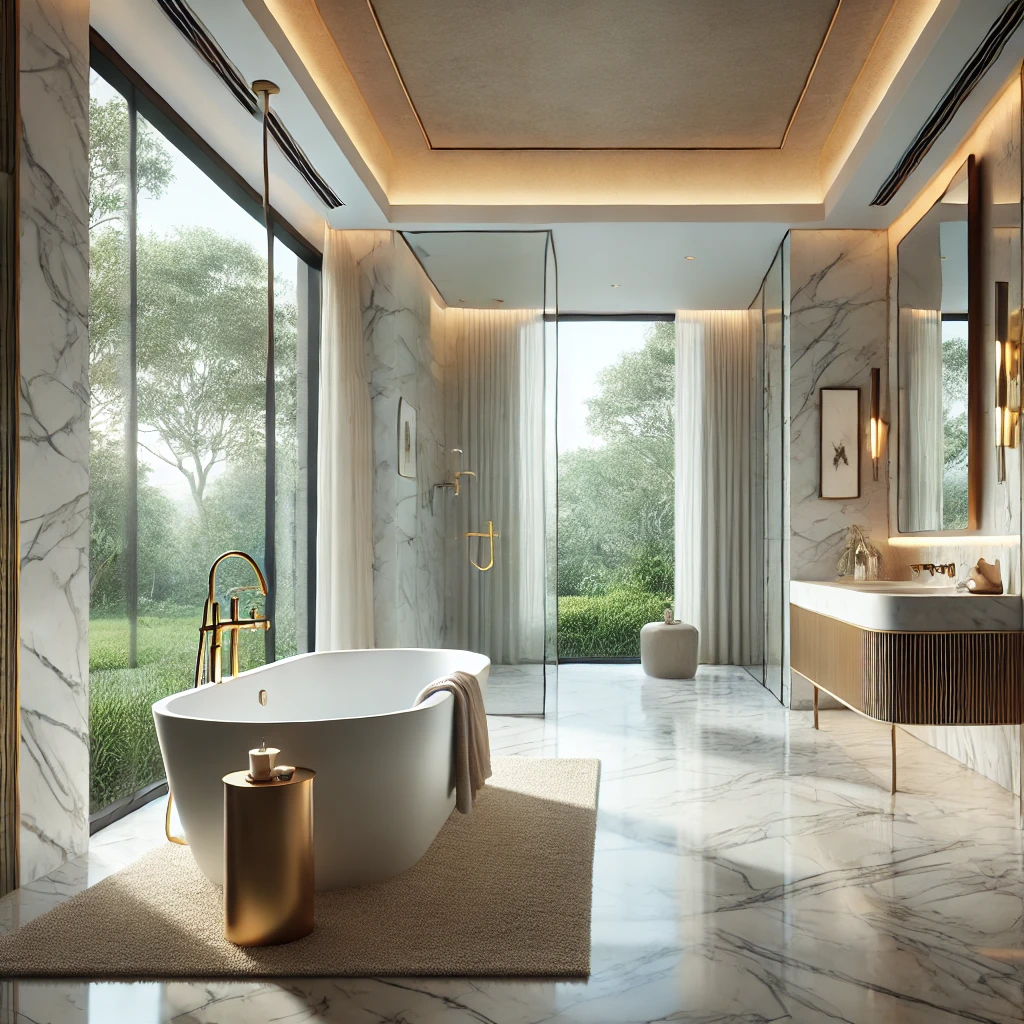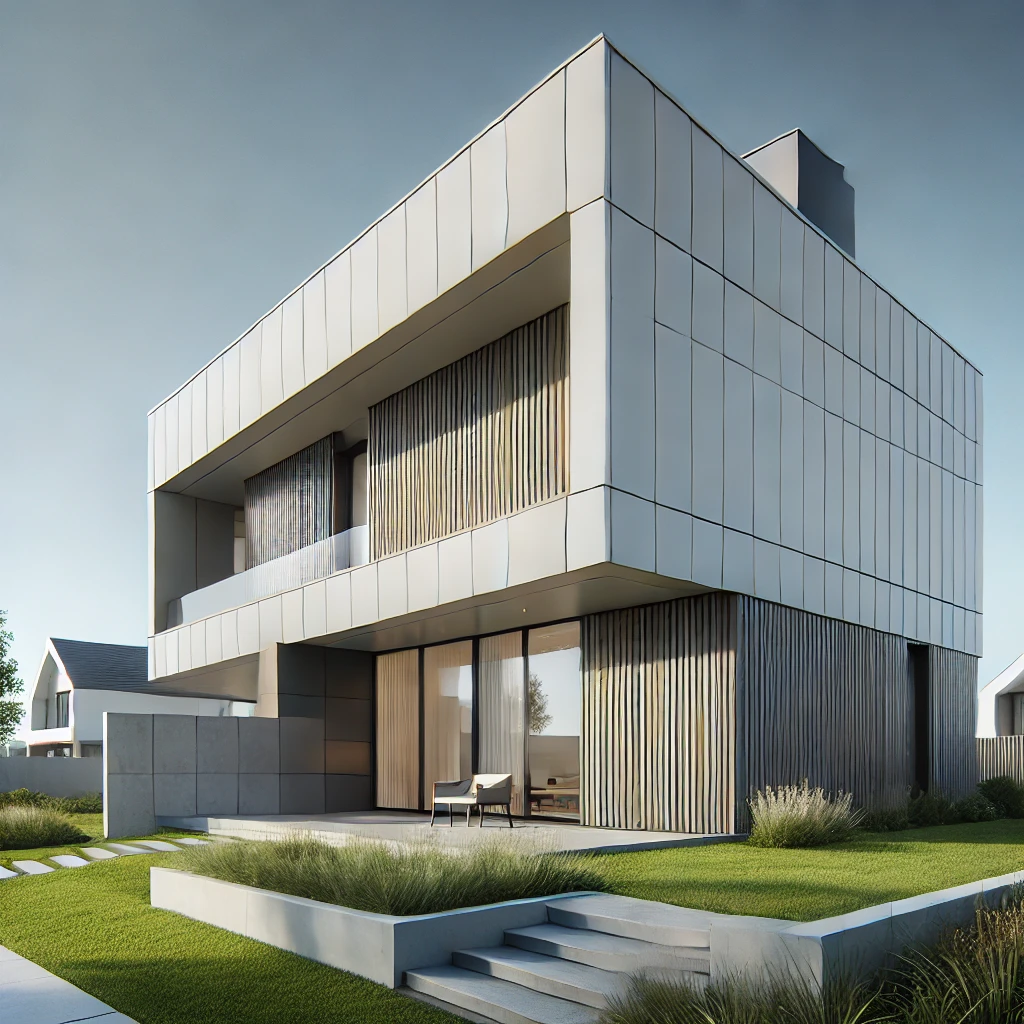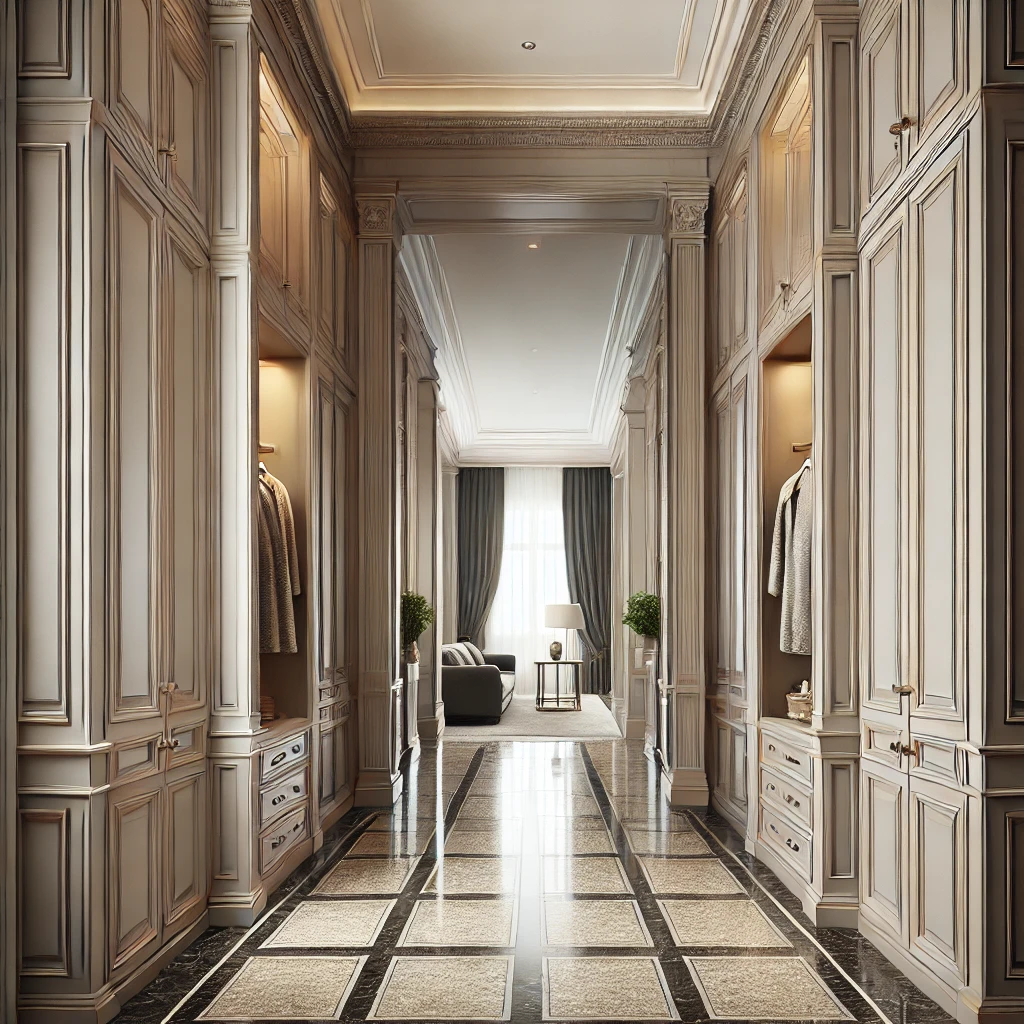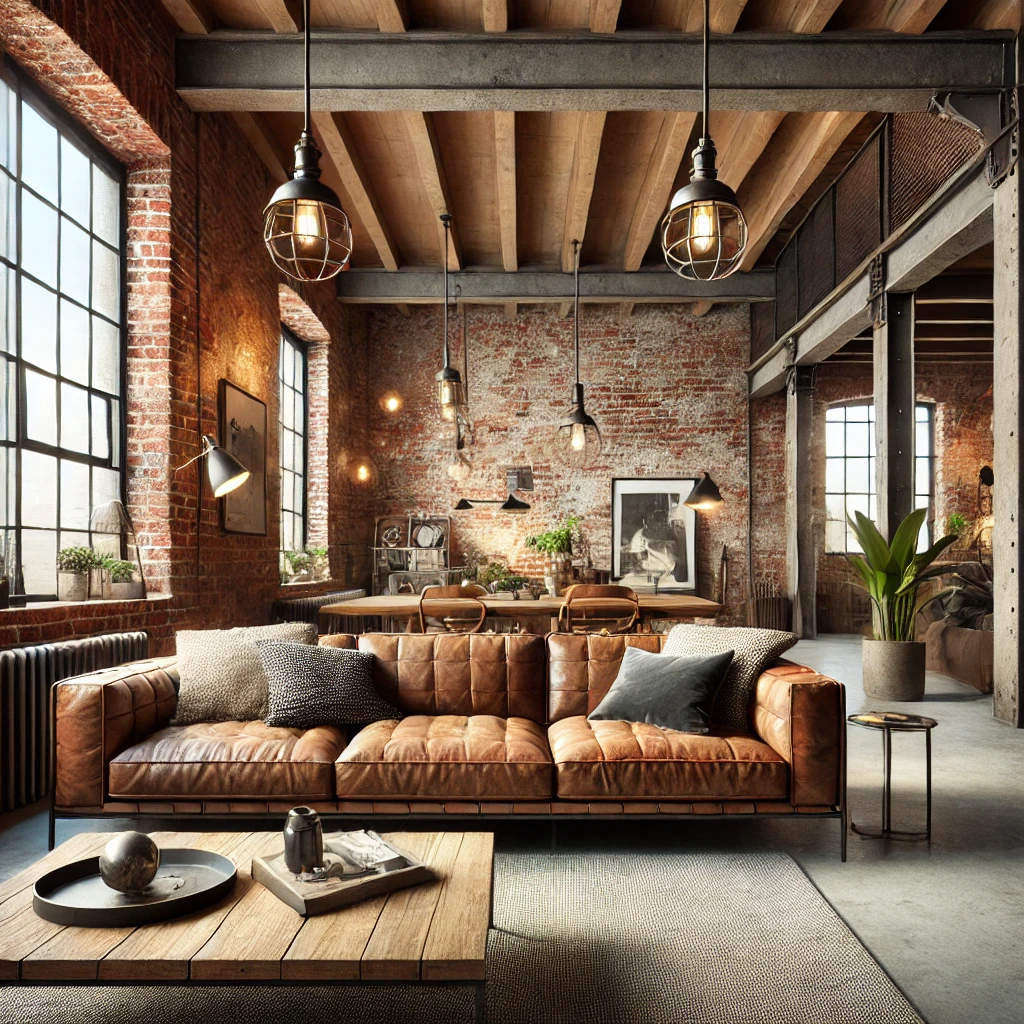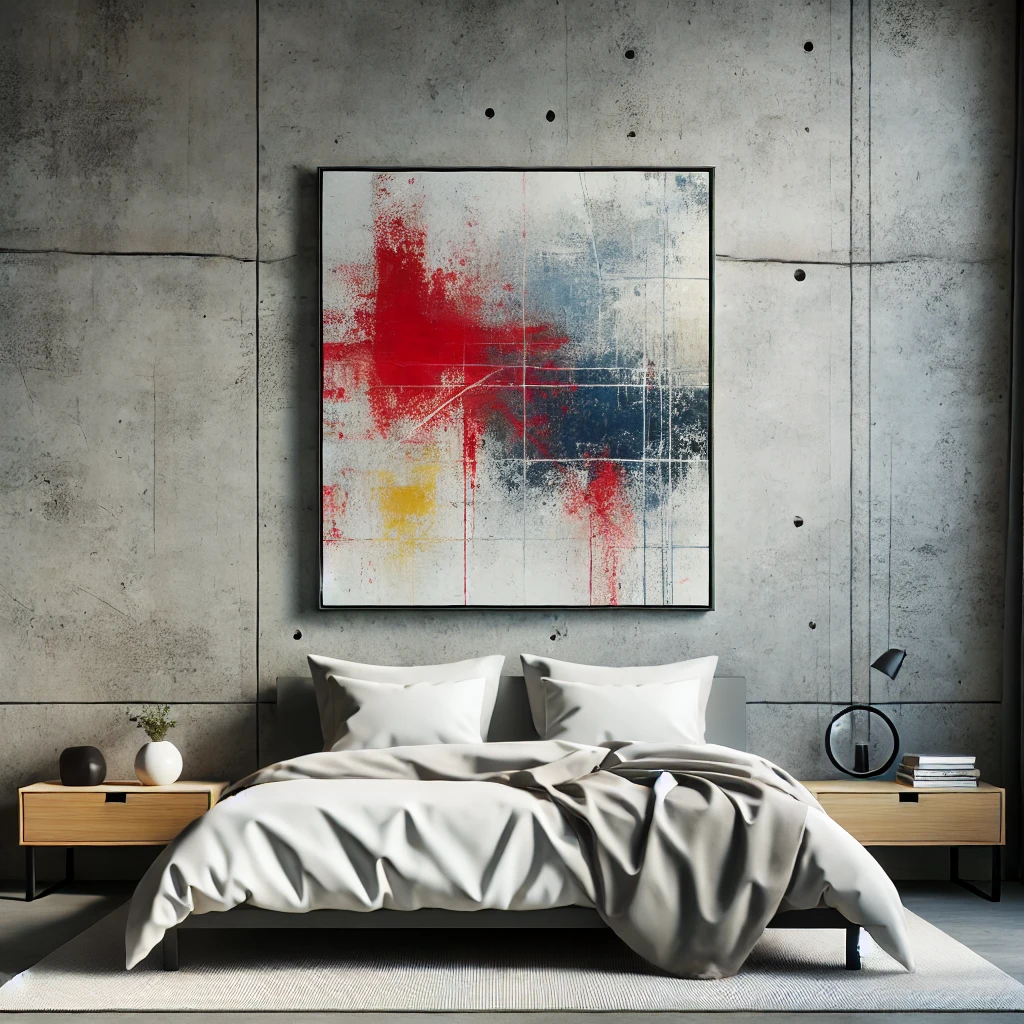Transforming Your Home’s Exterior: Innovative Facade Options for Frame Houses
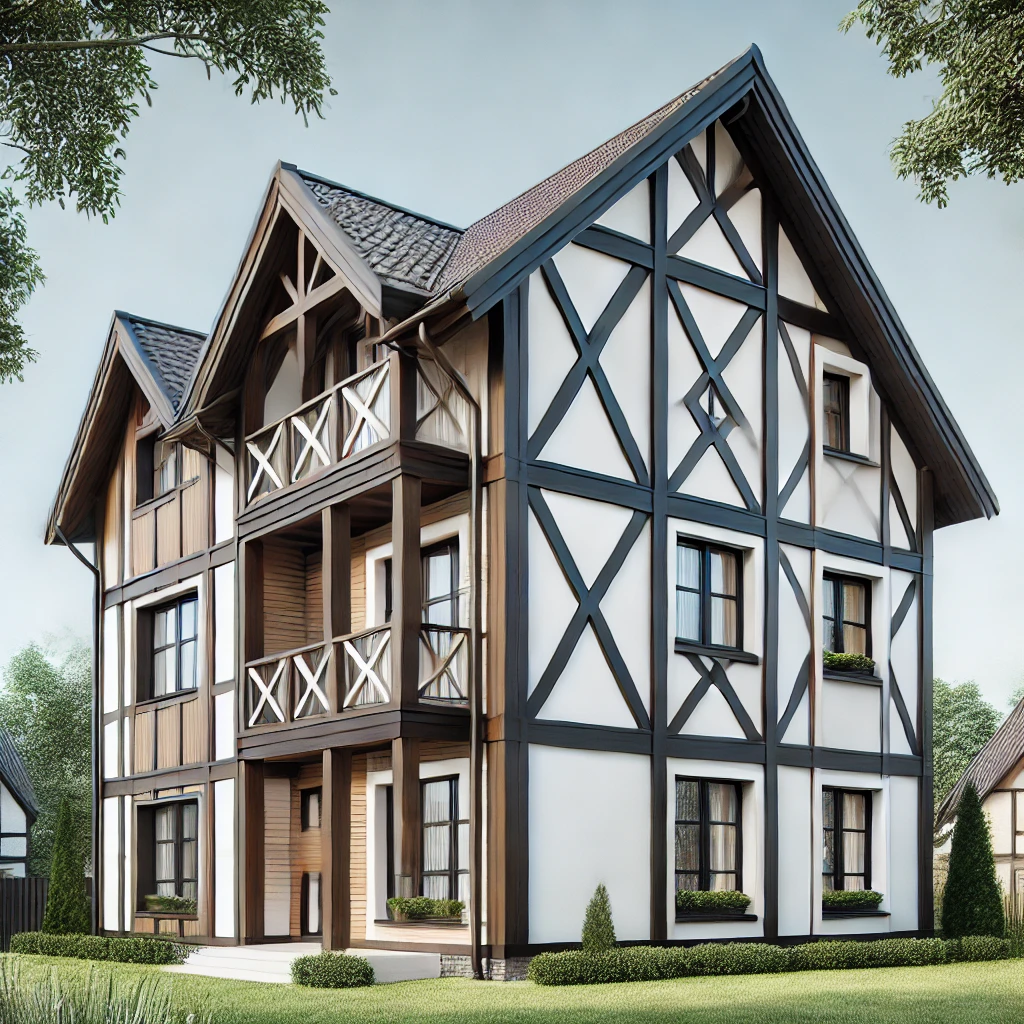
When it comes to designing the exterior of a frame house, the possibilities are nearly endless. Frame construction allows for a wide range of facade materials and styles, giving homeowners the freedom to create a unique and personalized appearance for their homes. In this post, we’ll explore some of the most popular and innovative options for finishing the exterior of a frame house, each offering its own blend of aesthetics, durability, and cost-effectiveness.
Understanding Frame Construction
Frame houses are characterized by their construction, where the load-bearing structure is separate from the material used to fill and insulate the walls. The frame can be made of wood, metal, or reinforced concrete, and the walls can be filled with various types of insulation, including brick, aerated concrete blocks, mineral wool, or polyurethane foam.
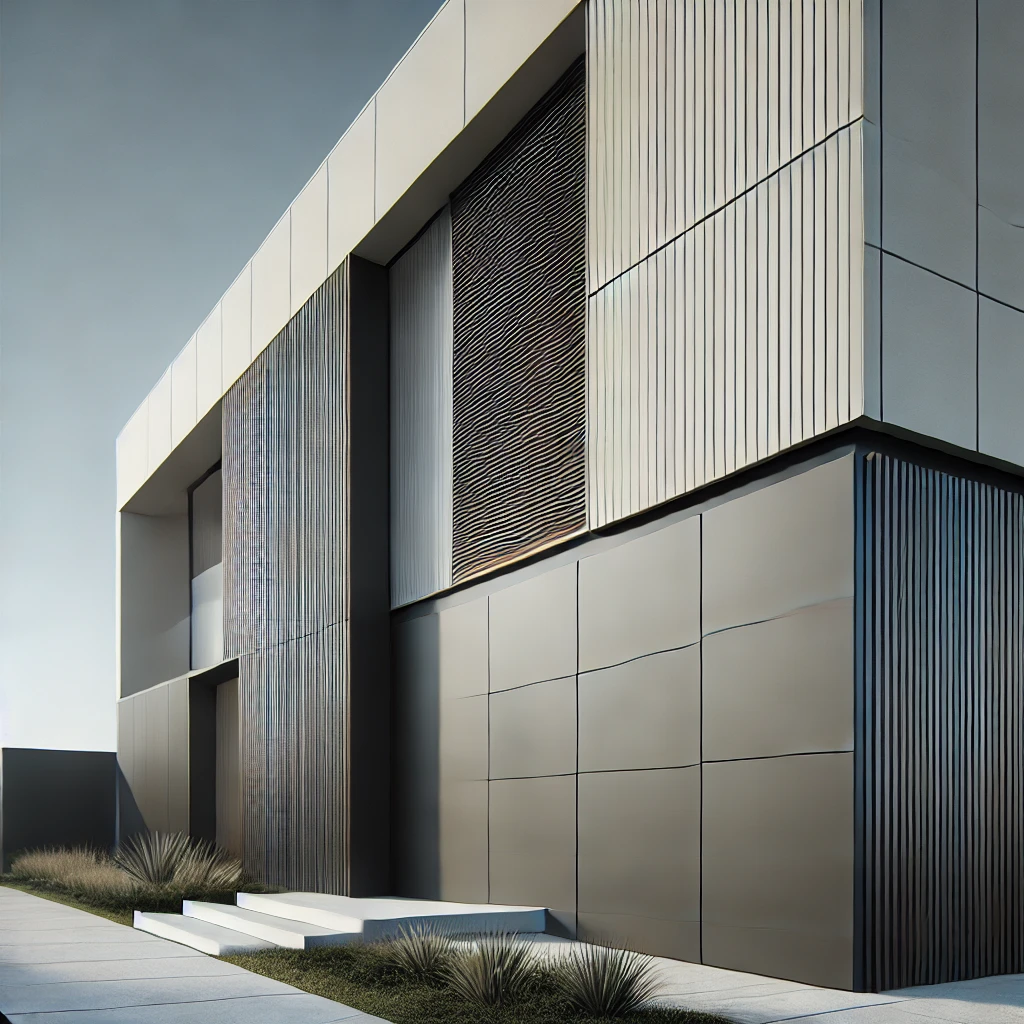
This type of construction offers great flexibility in exterior design, allowing homeowners to choose from a wide array of facade materials. The choice of material not only affects the visual appeal of the house but also impacts the overall cost and complexity of the project.
1. Classic Painted Panels
For those looking for an affordable and straightforward option, painting the panels that cover the frame is a popular choice. This method is cost-effective and simple to execute, making it an attractive option for budget-conscious homeowners. To add some character, consider using decorative trim in the style of classic half-timbering, which can also help prevent cracks at the panel joints.
2. Ventilated Facades
Ventilated facades are a common choice for frame houses, particularly for those looking to improve the energy efficiency of their homes. This system involves installing an outer layer of cladding away from the load-bearing wall, creating a gap that allows air to circulate. This ventilation helps to remove moisture from the structure, prolonging its lifespan.
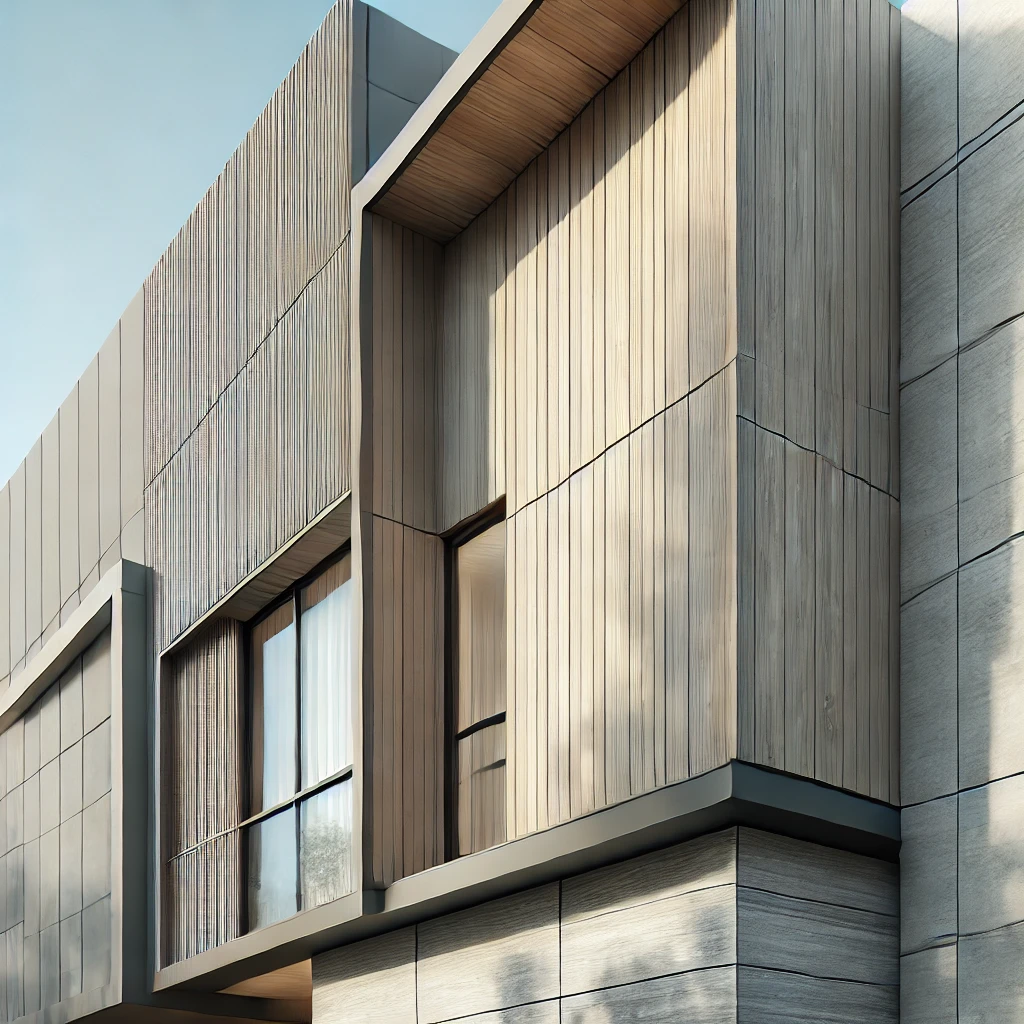
Materials for ventilated facades vary widely, from fiber cement panels to metal and composite materials. This method is also ideal for renovating older buildings, as it can completely transform the appearance of a home.
3. Vinyl or Metal Siding
Vinyl or metal siding is another popular choice for exterior cladding. Available in a variety of colors and textures, including wood-look finishes, siding is easy to install and maintain. However, it’s important to note that vinyl siding can warp or crack under extreme temperature changes, so it’s best suited for milder climates.
4. Fiber Cement Panels
Fiber cement panels are a modern, high-tech material made from a mixture of cement, sand, synthetic fibers, and water. These panels are available in a variety of colors and textures, including wood, stone, and concrete effects. They are more durable than traditional siding and offer better resistance to environmental factors, though they come at a higher cost.

5. Wood Cladding
For those who prefer natural materials, wood cladding offers an eco-friendly and aesthetically pleasing option. Popular choices include shiplap, board-and-batten, and clapboard siding, as well as newer options like composite wood panels. While wood requires regular maintenance to protect it from weathering, it provides a warm, traditional look that many homeowners find appealing.
6. Facade Veneer
If you’re drawn to modern architectural styles, consider using polymer panels with a natural wood veneer for your facade. These panels provide the look of wood without the high maintenance requirements. The veneer is treated with a special coating to resist weathering, making it a durable and attractive option for contemporary homes.
7. Brick and Stone Veneer
Brick and stone veneers offer the timeless appeal of traditional masonry without the need for a full brick exterior. These veneers can be applied directly to the exterior of a frame house, providing the look and feel of solid stone or brick at a fraction of the cost. This option is particularly popular for homeowners who want to add a touch of luxury to their homes.
8. Brick Facade
For those who prefer the durability and classic appeal of brick, a full brick facade is an option, though it requires careful planning. The foundation must be designed to support the additional weight of the brick, and the bricks must be tied back to the frame with special ties. Despite the higher cost and complexity, a brick facade offers unmatched durability and a timeless look.
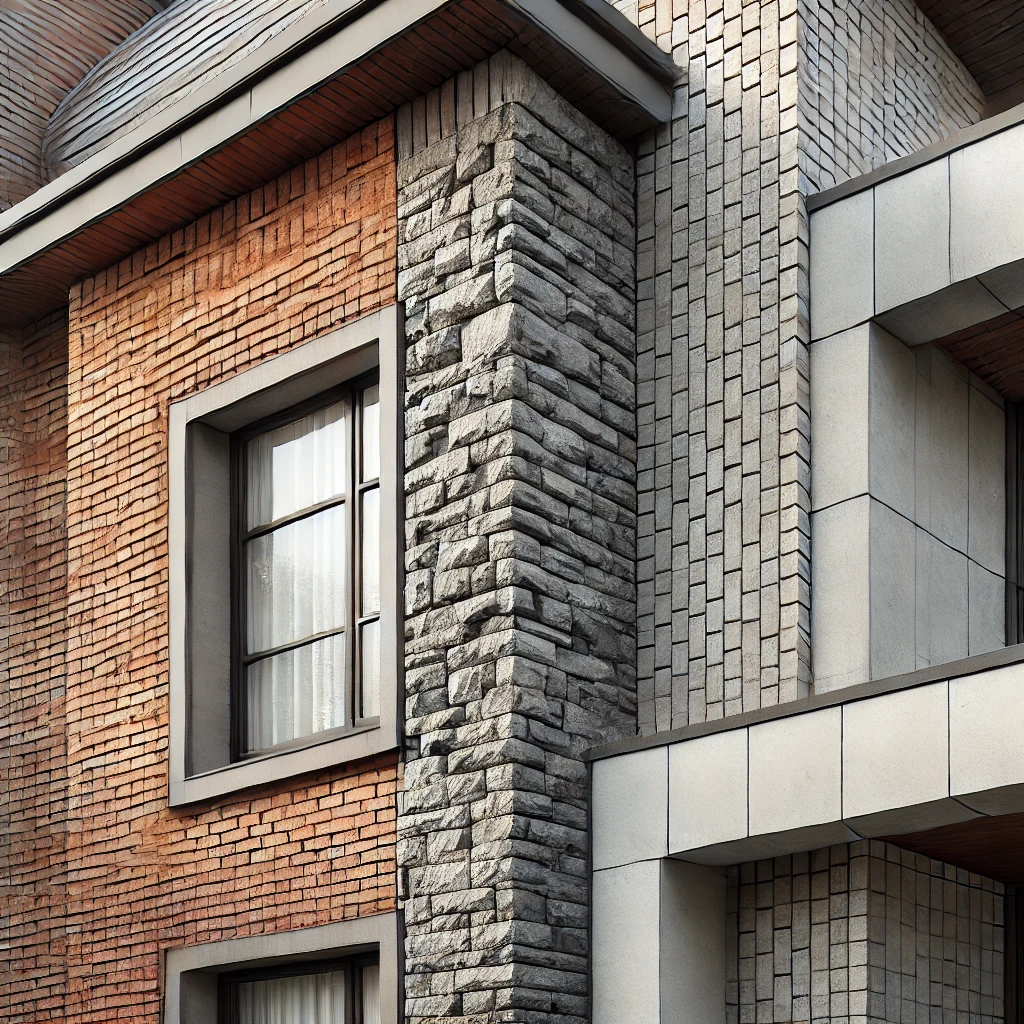
Choosing the Right Facade
The choice of facade material is an important decision that affects both the aesthetics and functionality of your home. It’s essential to consider factors such as climate, maintenance, and budget when making your selection. Consulting with a professional architect or builder can help you determine the best option for your specific needs and preferences.
Share Your Thoughts
What type of exterior finish do you prefer for a frame house? Have you had experience with any of these materials? Share your thoughts and experiences in the comments below!
Contact ZUBRA COLORS today for a free consultation on the best facade solutions for your frame house. We provide a wide range of decorative paints and plasters, shipped worldwide. Reach out to us via WhatsApp and get expert advice!
Popular Exterior Finishes for Frame Houses
1. Painted Panels in the Style of Half-Timbered Houses
One of the most cost-effective and straightforward methods for finishing a frame house is using painted panels. These panels, typically made from wood or metal, can be painted in any color to suit your design preferences. To add a touch of traditional European charm, consider using decorative battens to mimic the classic half-timbered style. This approach not only enhances the visual appeal but also helps conceal any potential cracks that might form at the joints of the panels.
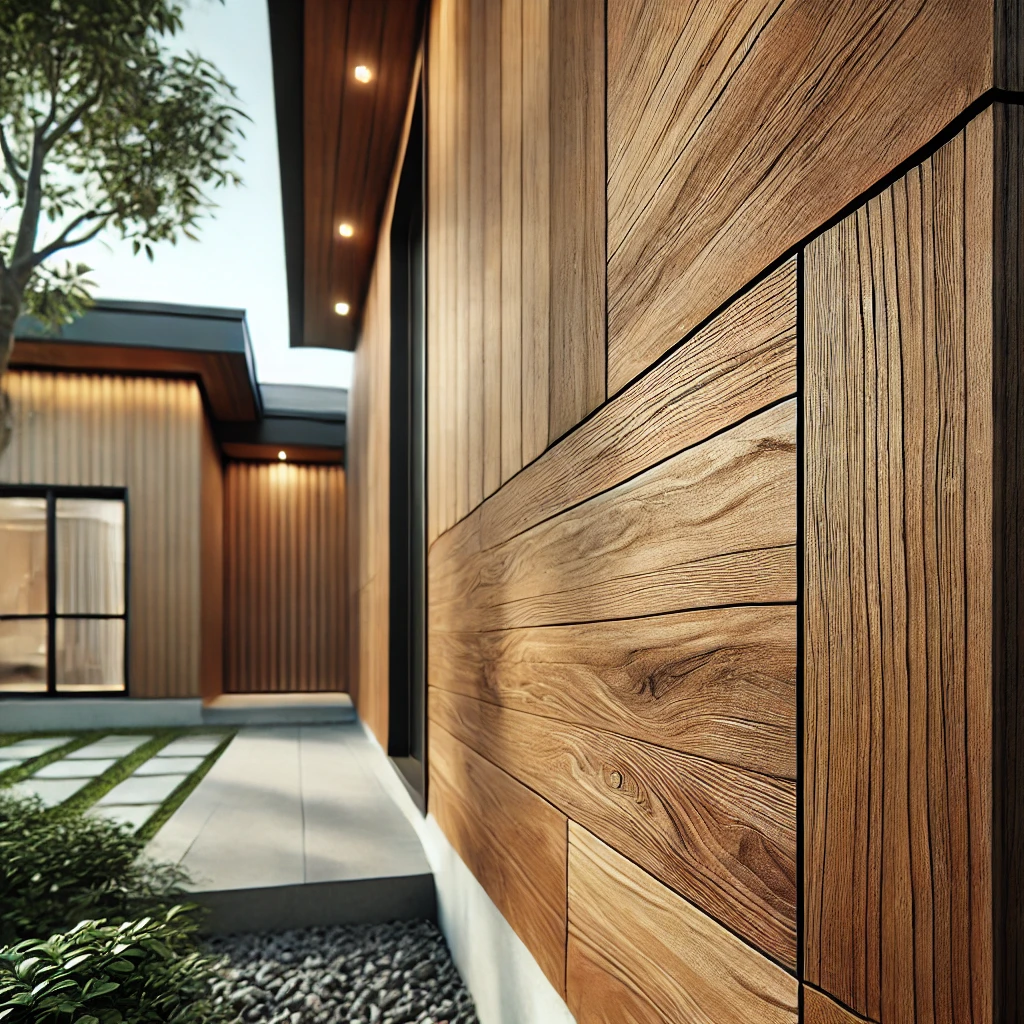
2. Ventilated Facades
Ventilated facades are an increasingly popular choice for frame houses due to their superior performance and versatility. This method involves attaching the exterior finish to a framework set apart from the house’s structural walls, creating a gap that allows air to circulate. This circulation helps prevent moisture buildup, protecting the building’s structure. With a variety of cladding options available—such as wood, stone, metal, and composite materials—ventilated facades can be tailored to fit any aesthetic preference.
3. Vinyl or Metal Siding
Siding is a classic option for frame houses, known for its durability and ease of installation. Vinyl and metal sidings come in a wide range of colors and textures, including options that mimic natural wood grain. These materials are low-maintenance and can withstand harsh weather conditions. Additionally, a wide selection of trim pieces is available, allowing for a seamless and polished finish around windows, doors, and corners.
4. Fiber Cement Panels and Siding
Fiber cement is a modern, high-performance material made from a blend of cement, sand, and cellulose fibers. It offers the look of natural materials like wood or stone but with enhanced durability and resistance to fire, pests, and rot. Available in various sizes and finishes, fiber cement panels can be installed using visible or concealed fasteners, offering flexibility in design. Though more expensive than traditional siding, the long-term benefits and low maintenance make it a worthwhile investment.
5. Wooden Cladding
For those who appreciate the beauty of natural materials, wooden cladding is an excellent option. This type of exterior finish can be achieved using a variety of wood species, including pine, cedar, or larch, each offering its own unique texture and color. Wood cladding can take the form of traditional horizontal lap siding, vertical board-and-batten, or even more modern, linear styles like shiplap. To maintain the wood’s appearance and protect it from the elements, regular treatment with sealants or stains is necessary.
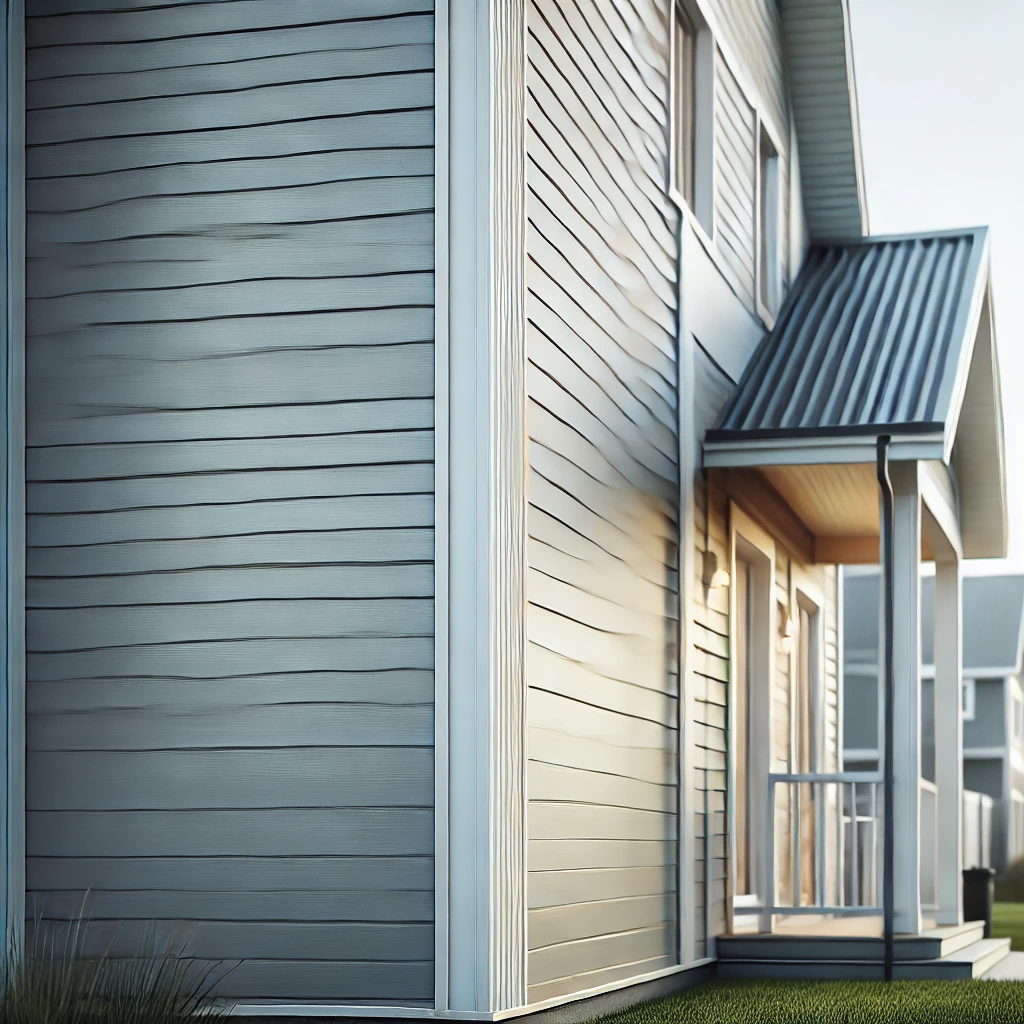
6. Facade Veneer Panels
If you’re looking for a more contemporary or minimalist look, facade veneer panels could be the perfect solution. These panels are typically made from composite materials that combine natural wood veneer with a protective resin. The result is a sleek, modern finish that mimics the warmth of real wood without the extensive maintenance. Facade veneer panels are also resistant to UV rays, moisture, and temperature fluctuations, making them ideal for a variety of climates.
7. Brick and Stone Cladding
Brick and stone cladding provide a timeless and robust finish for frame houses. These materials are not only aesthetically pleasing but also incredibly durable, offering excellent protection against the elements. Brick cladding can be installed using traditional methods or in the form of thinner brick veneer panels, which are easier to install and place less stress on the structure. Similarly, stone veneer panels can be used to achieve the look of solid stone walls without the weight and cost of full-sized stones.
Choosing the Right Exterior Finish for Your Frame House
When selecting an exterior finish for your frame house, consider factors such as your budget, the local climate, and the overall aesthetic you wish to achieve. Each material offers different benefits, from the low maintenance and modern look of fiber cement to the classic appeal of brick and wood. By carefully weighing these options, you can create a facade that not only enhances the beauty of your home but also stands the test of time.
Your Turn
Which exterior finish resonates with your style? Have you used any of these materials in your own home? Share your experiences and tips in the comments below!



